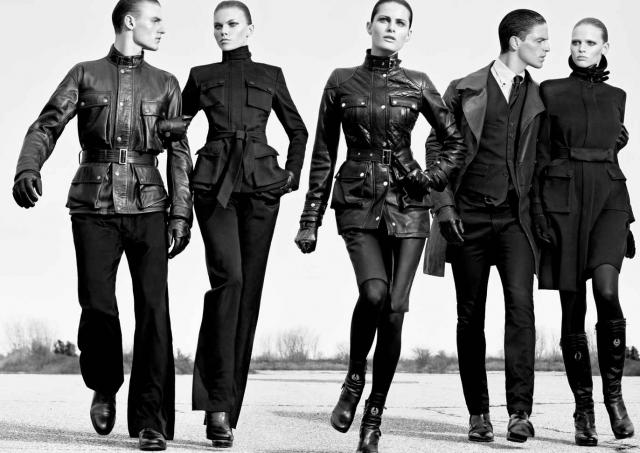 |
| Dior |
At present haute
couture is the most modern way to dress because it's very individual,"
says Pier Paolo Piccioli, who with Maria Grazia Chiuri designs Valentino's
ethereal gowns. "It's like customizing your life; it means
uniqueness."
The current state of couture has emerged from the ashes of
economic turmoil. "Couture seems more relevant now than it was in the boom
years," says designer Donatella Versace, who this season returned Atelier
Versace to the official couture runway after eight years of low-key
presentations. "The global downturn has made people think about the value
of things. Couture may be expensive, but as a reflection of the designer's art,
and as an expression of pure creativity in fashion, it is unsurpassed."
This evokes a culture very different from that of
traditional haute couture: wealthy socialites in grand dresses from designers
such as Jeanne Lanvin and Christian Dior. For many years, that's certainly what
it was. Now, they stand in stark contrast to the discreet shopper of today,
it's difficult to find women who so openly display their membership to the
couture club.
Couture seemed to hit rock bottom in the middle of the last
decade, when Christian Lacroix, Yves Saint Laurent, Emanuel Ungaro, and Balmain
all showed their last collections. For the labels that remained, couture became
a way to stand out amid the clutter of hundreds of ready-to-wear lines. For the
likes of Dior, Valentino, and Chanel—which all typically reserved a
sky's-the-limit budget both for dramatic staging and the collections
themselves.
As haute couture undergoes the process of revival once more,
its insular and quintessentially Parisian nature is changing. Perhaps it's only
fitting for what appears to be couture's ever more global future.
reference: WSJ




























